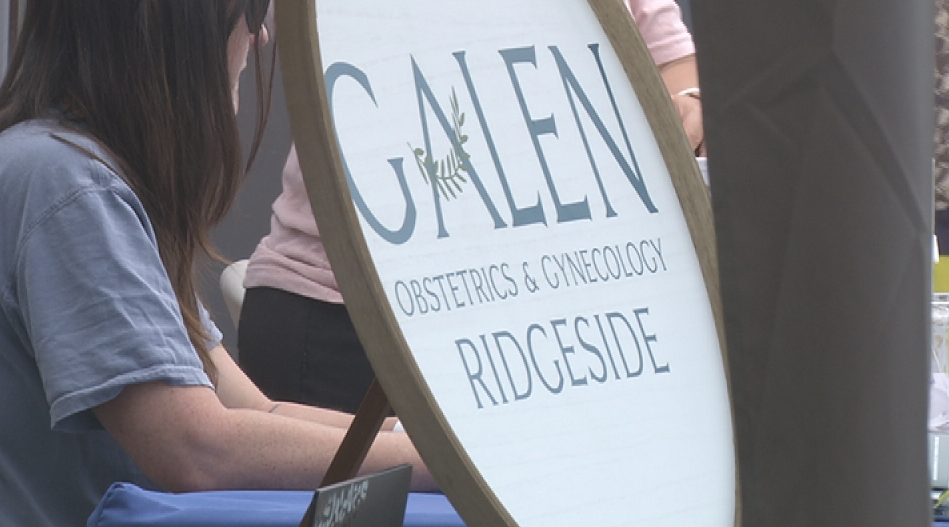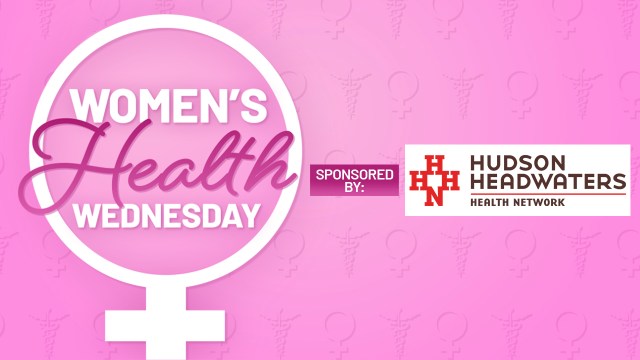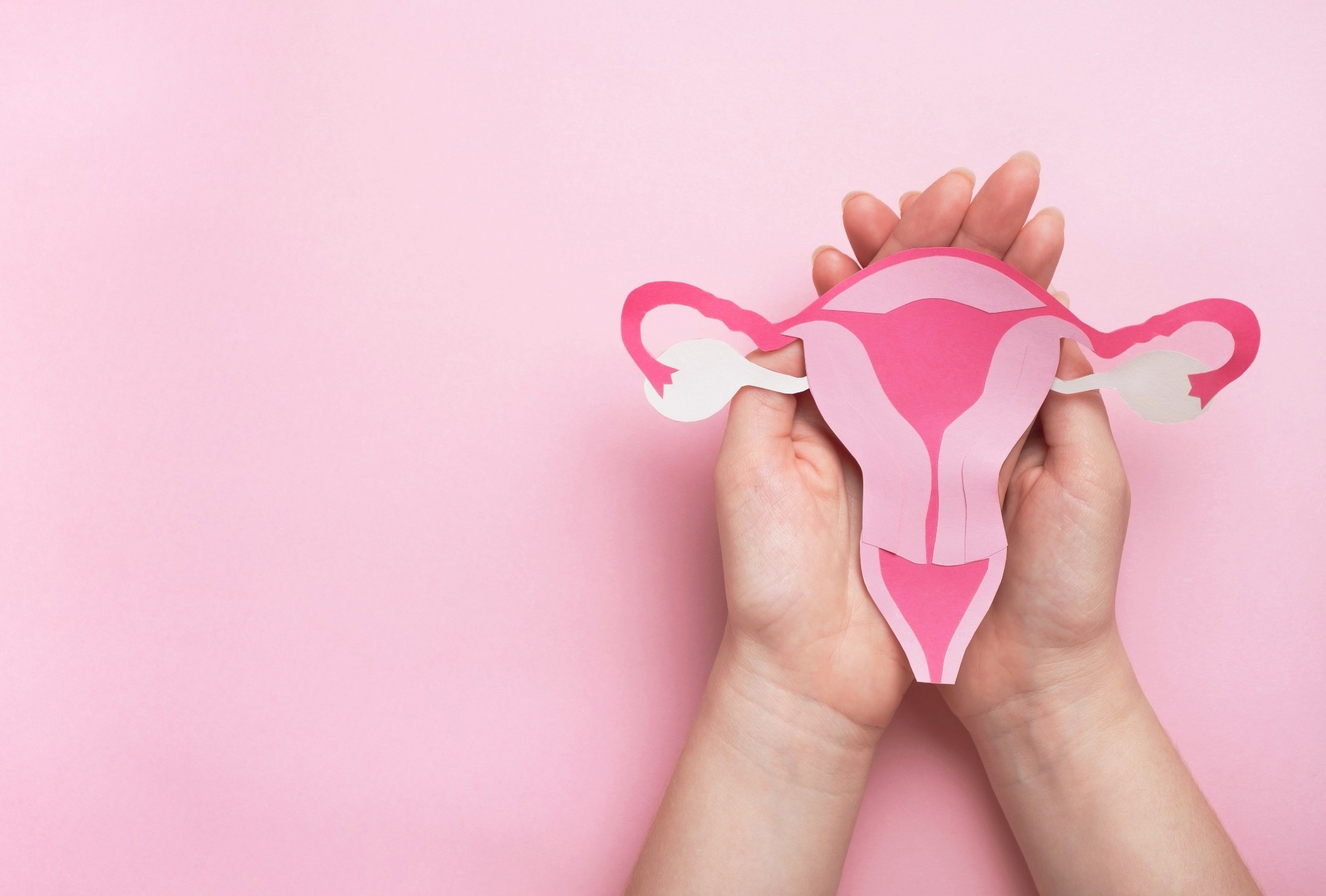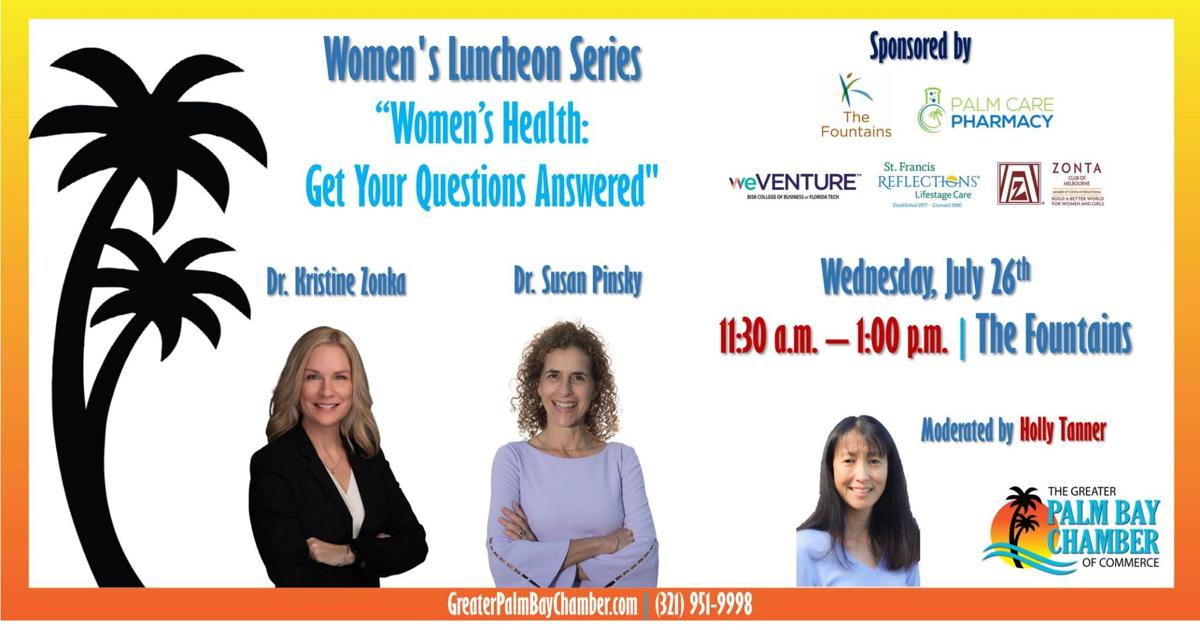
According to the American Stroke Association, a division of the American Heart Association, stroke kills more than 85,000 women each year and women experience about 55,000 more cases of stroke annually than men. And while women are more likely to survive a stroke, research shows they often have poorer recoveries, meaning they suffer more disability and an impaired quality of life than men do after an attack.
“Women have worse outcomes,” said Cheryl Bushnell, professor of neurology at Wake Forest University School of Medicine, adding that their prognosis often depends on their age — elderly women have more problems — along with how well they functioned before their stroke. “Were they using a walker before their stroke? Are they frail? Did they have less muscle mass, or heart or kidney disease? The more comorbidities [two or more medical conditions], the worse the outcome.”
In addition, women are more likely than men to “develop post-stroke depression and cognitive impairment,” said Louise McCullough, the Roy M. & Phyllis Gough Huffington distinguished chair of neurology at the University of Texas Health Science Center in Houston. “There is a direct connection between dementia and stroke — if you suffer a stroke, you are many times more like to develop dementia. It’s important to know that one of the key reasons people end up in nursing homes is because of vascular disease and dementia.”
Black women are particularly at risk when it comes to stroke. “There are definitely disparities by race,” says Kathryn Rexrode, chief of the division of women’s health at Brigham and Women’s Hospital and professor of medicine at Harvard Medical School. Some of this is because of hypertension, a stroke risk factor for everyone that is a more common condition among Black people, “but that doesn’t explain all of it. Race is also a cultural construct that affects the way people are treated, such as in access to health care and healthy food. But it’s not all socioeconomic or genetically driven, which suggests there are other factors influencing the health of these women.”
There are two types of stroke: ischemic, when blood clots or other particles block blood vessels to the brain, and hemorrhagic, which happens when an artery in the brain leaks blood or ruptures entirely. Most strokes are ischemic.
The stroke ratio between women and men changes with age, experts say.
During midlife, the age-adjusted stroke incidence — the rate — is higher in men, but it becomes equal or even higher in women after menopause, Madsen says.
“This is because women live longer, and the risk is higher when we get older,” Madsen says. “Thus, the lifetime risk of stroke is higher for women, compared to men.” It is important, Madsen says, for “women to be aware that it’s a common condition for them. The way they should think about it is to talk to their doctor about what their risk factors are and be screened and treated for any risk factors.”
Diabetes, high blood pressure, other risks
Stroke risk factors are similar for both sexes, although several — including diabetes and atrial fibrillation, a heart rhythm disorder — appear to raise the risk for women in particular, experts say. Some of the risk factors are controllable and treatable, such as high blood pressure — which is the No. 1 preventable cause of stroke — while others such as age and family history are not.
In addition to hypertension, diabetes and atrial fibrillation, other risks include smoking, a diet high in saturated and trans fat, cholesterol, and salt (which can raise blood pressure), obesity and physical inactivity.
Experts say it is important to keep blood pressure readings below 130/80, undergo screening and treatment for atrial fibrillation and diabetes, quit smoking, eat healthfully (they recommend the dietary approaches to stop hypertension method, also called DASH, or the Mediterranean diet), keep weight under control, and exercise regularly.
“I really encourage everyone to have a blood pressure cuff in their house, even a young person” because high blood pressure can be symptomless, McCullough says. “They should check as often as they floss their teeth — but at least once a week.”
Oral contraceptives also can raise the risk, although research suggests they are more dangerous when women have other risk factors; also, current birth control formulations are safer than earlier pills, which contained high doses of estrogen.
Pregnancy complications can play a part
Pregnancy complications also can predispose women to stroke even years later. These include preeclampsia, which is a disorder of the blood vessels during pregnancy, gestational diabetes, or diabetes that is caused by the changes of pregnancy, hypertension, which can lead to stroke after a woman has given birth, and blood clots, according to the Center for Disease Control and Prevention.
“Having had preeclampsia or gestational diabetes may lead to stroke even 10 or 20 years after the pregnancy is over,” Madsen says.
Experts theorize that preeclampsia “causes long-lasting effects on the blood vessels including inflammatory changes and changes in the way the blood clots, which later lead to cerebrovascular disease and stroke,” Madsen says.
Early or premature menopause, for example when ovaries are surgically removed for medical reasons, is another risk factor. Unlike exogenous hormones, experts believe natural hormones, such as estrogen, help.
“The number of years a woman is exposed to protective hormones is shortened,” Madsen explains. “The blood vessels start aging more quickly. If you have menopause at age 40 versus menopause at age 50, that’s 10 years when you aren’t exposed to the same level of hormones, and the body ages more quickly.”
Stroke symptoms common to men and women include numbness or weakness in the face, arm or leg, especially on one side of the body; sudden confusion or trouble speaking; vision problems in one or both eyes; and a sudden severe headache with no known cause. Studies have shown that some women, unlike men, also can experience loss of consciousness and incontinence, Bushnell says.
Doctors say it is critical to seek help — and fast. Call 911. Don’t drive to the hospital or let someone else drive, since lifesaving care often begins in the ambulance.
“The good news is that men and women respond similarly to the major lifesaving treatments we have available,” Bushnell says.
“The biggest message to send to women is: ‘control your risk factors,’” Rexrode says. “But if you suffer a stroke and are treated promptly, a stroke can be reversed. Time is brain. The longer it goes, the more brain you damage. The faster you treat, the more brain you protect.”






